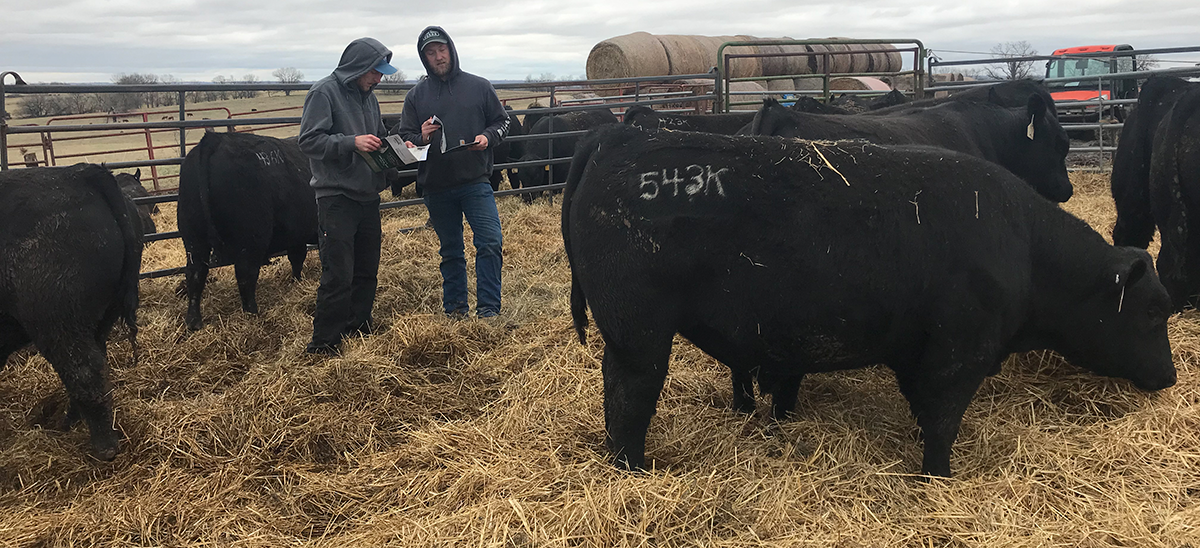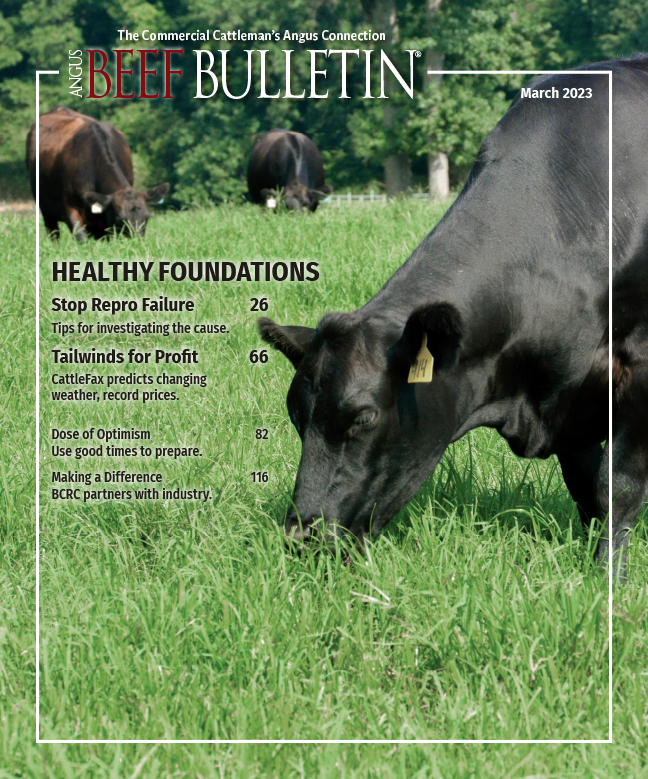
Bull Selection: The Options are Endless
Focusing on the long-term needs of your herd will make the bull-buying process much simpler.
It’s bull sale season. When it comes to selecting a herd bull, the decisions seem endless, and you can’t just pick any bull. Your decision will affect your herd’s profitability for years to come.
During Cattlemen’s College at the 2023 Cattle Industry Convention, the University of Tennessee’s Troy Rowan and Charles Martinez discussed the challenges producers face when selecting a herd bull considering the multiple factors at hand — value, long-term effect, traits to focus on and more. It seems daunting, especially when profitability is on the line.
“The bull purchase is probably one of the most important decisions a herd makes. We’re assigning some form of value to this bull, and we’re investing in him based on what we think his genetic potential is,” Rowan said. “What all these tools come down to is mitigating the risk that comes with a high-impact decision that’s going to have a large footprint on your herd.”
Right or wrong, the selection decision leaves a lasting imprint.
“If we’re keeping replacement females, this becomes a multigenerational problem if we get the decision wrong,” Rowan says. “On the flip side, it becomes a multigenerational way for us to become more profitable if we get the bull decision right.”
On sale day, everyone is trying to get the best bang for their buck; but remember, sometimes the extra investment can pay dividends, says Rowan. Spending $1,500 more can likely also mean more pounds, more productivity and more profit.
“If you have the genetic potential to add 20 pounds of weaning weight per calf that bull puts on the ground, he’s made up that difference really quickly,” Rowan says. “If we can get his daughters to 6-plus years old — if she’s sound, if she’s fertile, if she doesn’t miss a calf — this is where we’re really getting ourselves into the green.”
It’s all about balance, Martinez says. Whether a producer runs cattle in South Texas or the Nebraska Sandhills, the focus has to be on the bottom line — revenue-generating traits.
“There are lots of traits that matter for overall profitability, which means there are a lot of different correct answers out there,” Martinez says. “We’re always balancing the market segments, but the real question is: What traits matter to our bottom line?”
While the options may be endless, keeping focus on the long-term needs of your individual herd will help make the bull-buying process much simpler.
“We’re not talking about just next breeding season; we’re talking about generations of breeding seasons that are in the long run,” Martinez says. “So always think about it from a long-run perspective.”
Editor’s note: Troy Rowan is assistant professor of beef cattle genomics. Charles Martinez is assistant professor of agricultural and resource economics. Cattlemen’s College sessions are available through the Cattlemen’s College Online Campus available at https://ncba.sclivelearningcenter.com/MVSite/default.aspx. Author Briley Richard is a communications specialist for the American Angus Association. [Lead photo by Leann Schleicher.]



